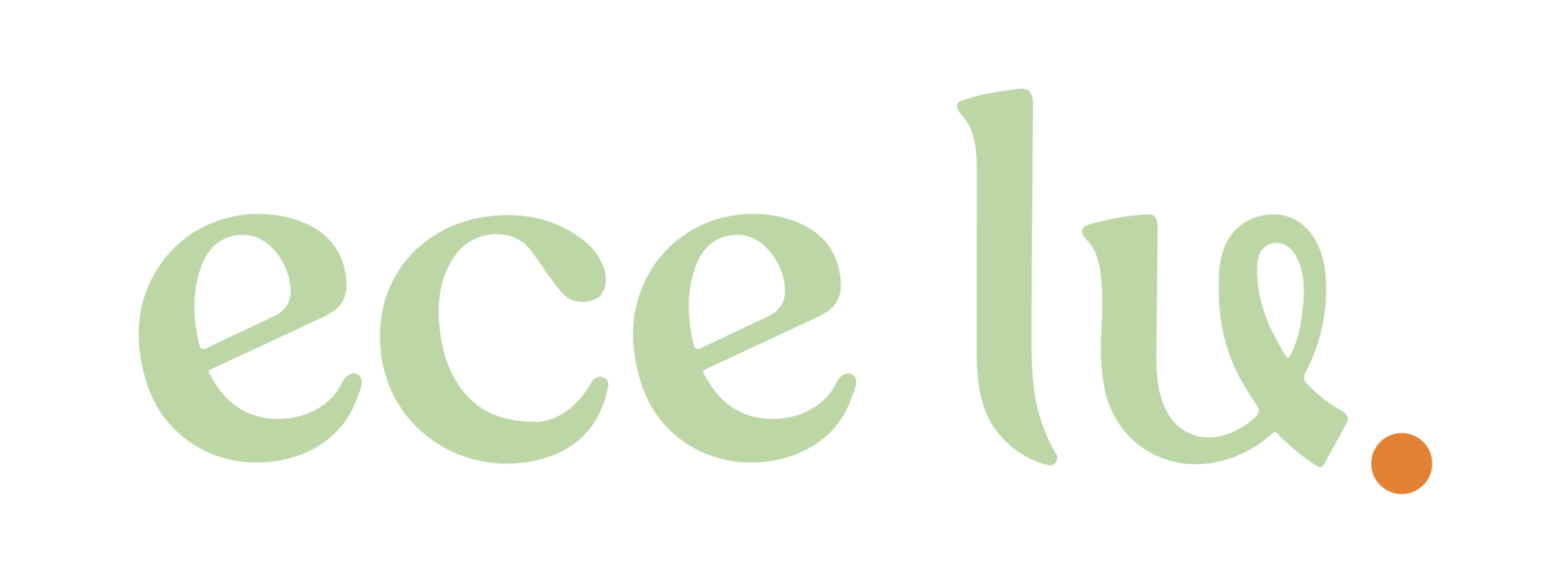
Being a leader in early childhood education (ECE) is a bit like being the glue, the guide, and sometimes the person who fixes the photocopier. It’s a role full of purpose and rewards—but let’s be honest, it’s hard work, too. You juggle expectations, keep everyone motivated, and sometimes feel like everyone wants a piece of you.
Leading with intent doesn’t mean you have to be perfect—it means showing up with purpose, care, and clarity, even when you’re feeling like you need three coffees just to get through the day. The good news? Looking after yourself as a leader benefits everyone, and when you lead with intent, the impact is worth it.
So, what does it mean to truly lead with purpose and vision? And how can you turn good intentions into meaningful action? Let’s explore the key principles of "Leading with Intent" and how they apply to the unique demands (and joys!) of ECE leadership.
So, what does it mean to truly lead with purpose and vision? And how can you turn good intentions into meaningful action? Let’s explore the key principles of "Leading with Intent" and how they apply to the unique demands (and joys!) of ECE leadership.



5. Adapt to Change with Purpose
The ECE environment is ever-changing—whether it’s responding to policy updates, staffing challenges, or new curriculum requirements. Intentional leaders approach change with transparency and purpose. For example, reflect upon the shift towards increased digital documentation in ECE settings.
An intentional leader might have addressed this by explaining the benefits for families, providing training for teachers, and setting realistic goals for implementation.
- Communicate Early and Often: Before implementing changes, explain the why behind decisions and involve your team in the process.
- Support Through Transitions: Provide reassurance and practical tools to help your team navigate change confidently.
- Embrace Innovation: Encourage fresh thinking and new ideas that can enhance learning experiences for children and educators.
"Standing still is the fastest way of moving backwards in a rapidly changing world." —Lauren Bacall


written by
Kath Cooper
Dr. Kath Cooper is an experienced educator, leader, and coach passionate about empowering early childhood leaders to lead with intent, purpose, and care. Through workshops, presentations, and coaching, Kath supports leaders in creating thriving teams and meaningful learning environments for children.
